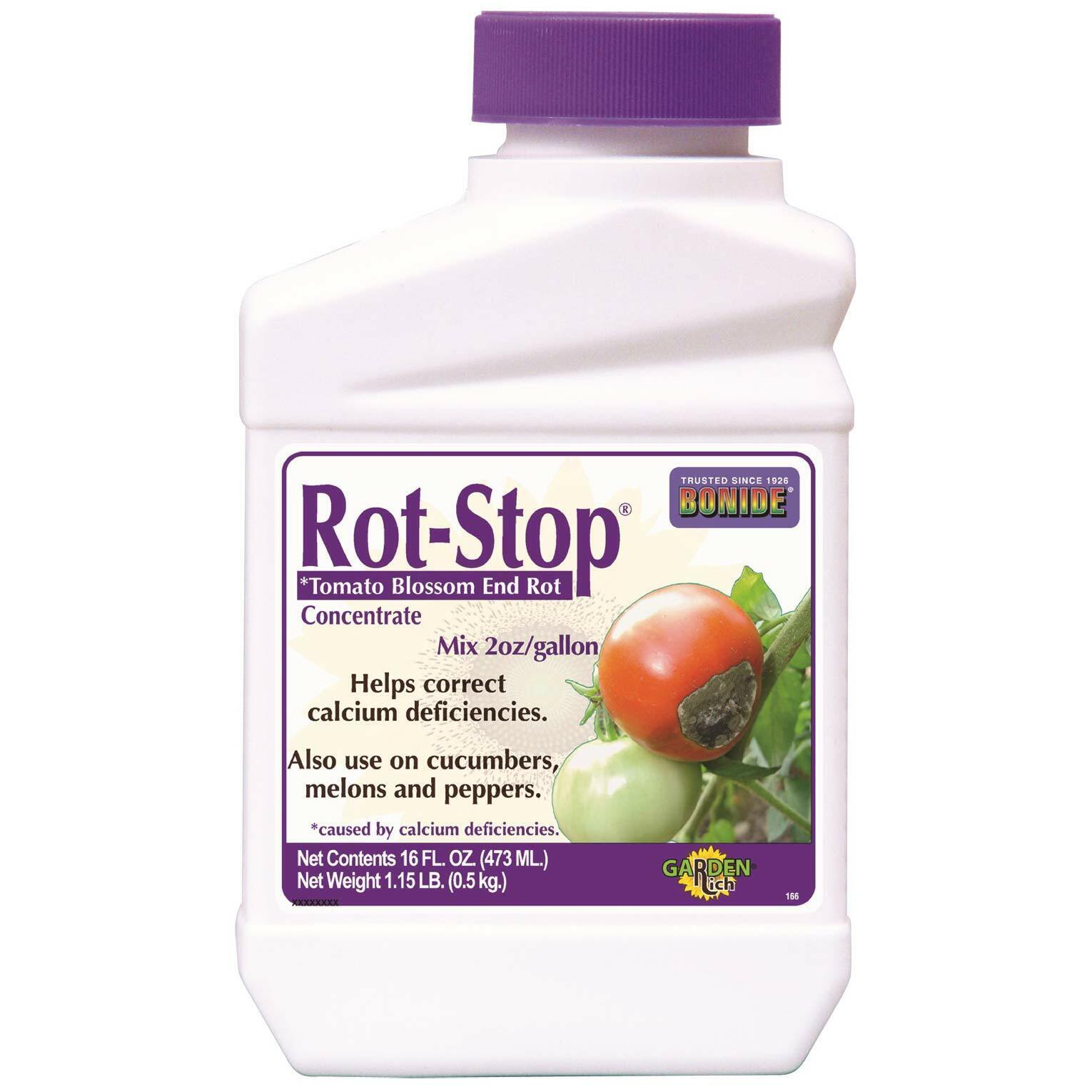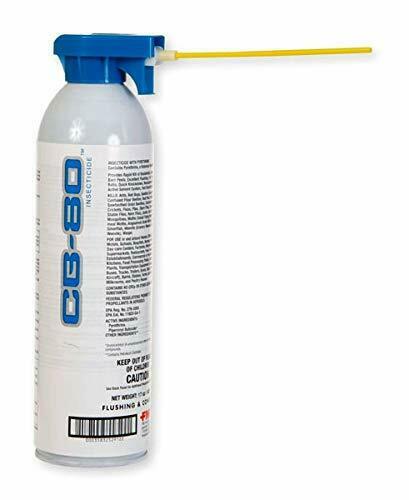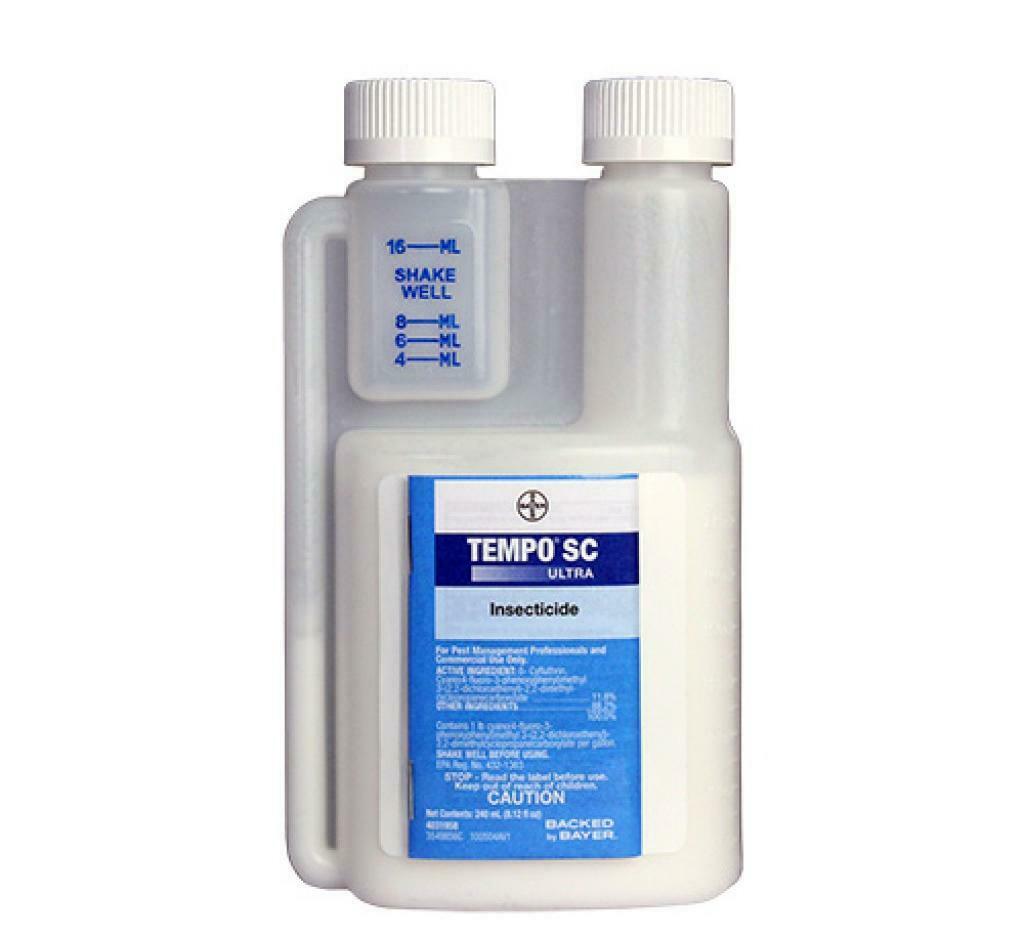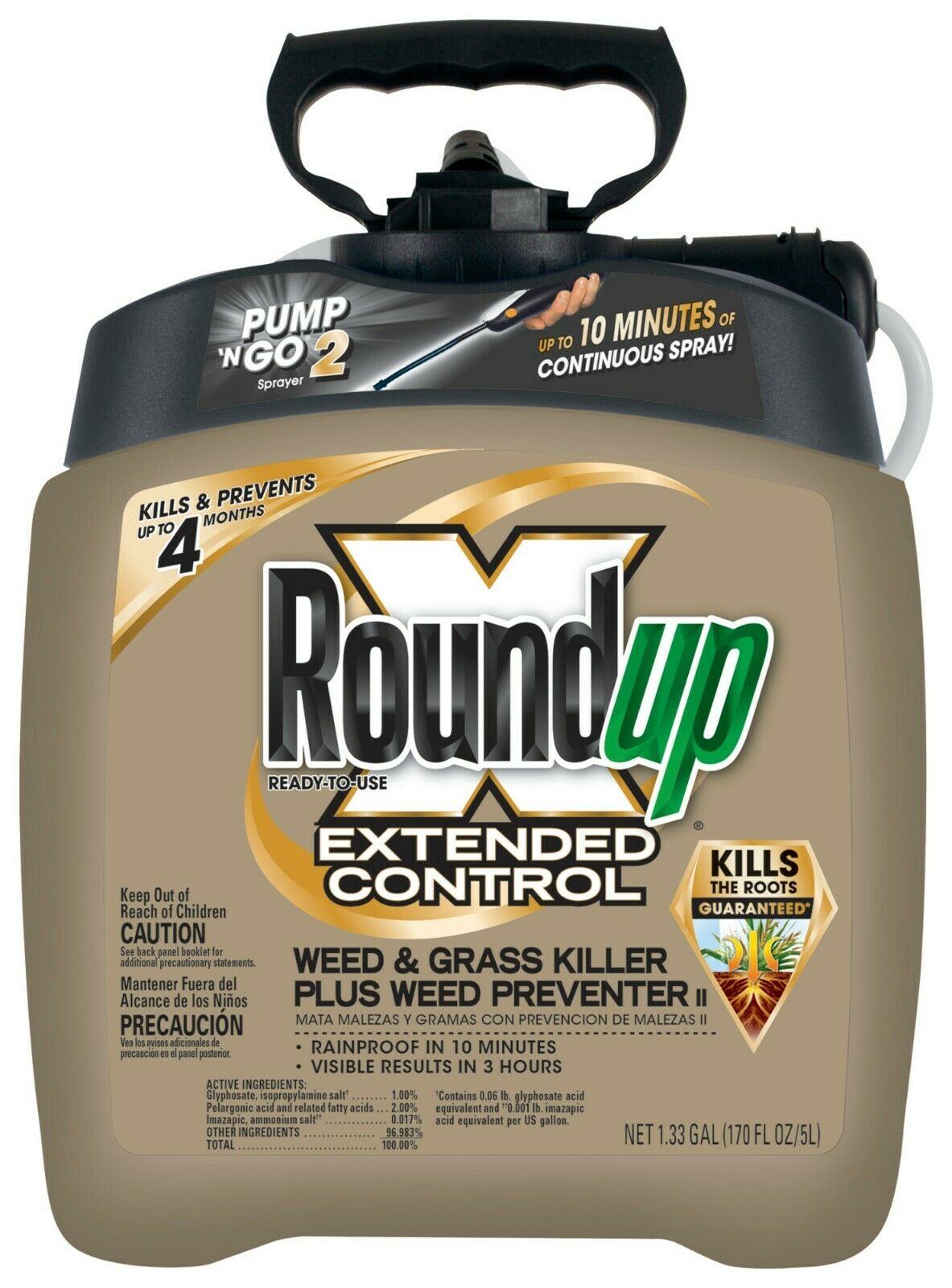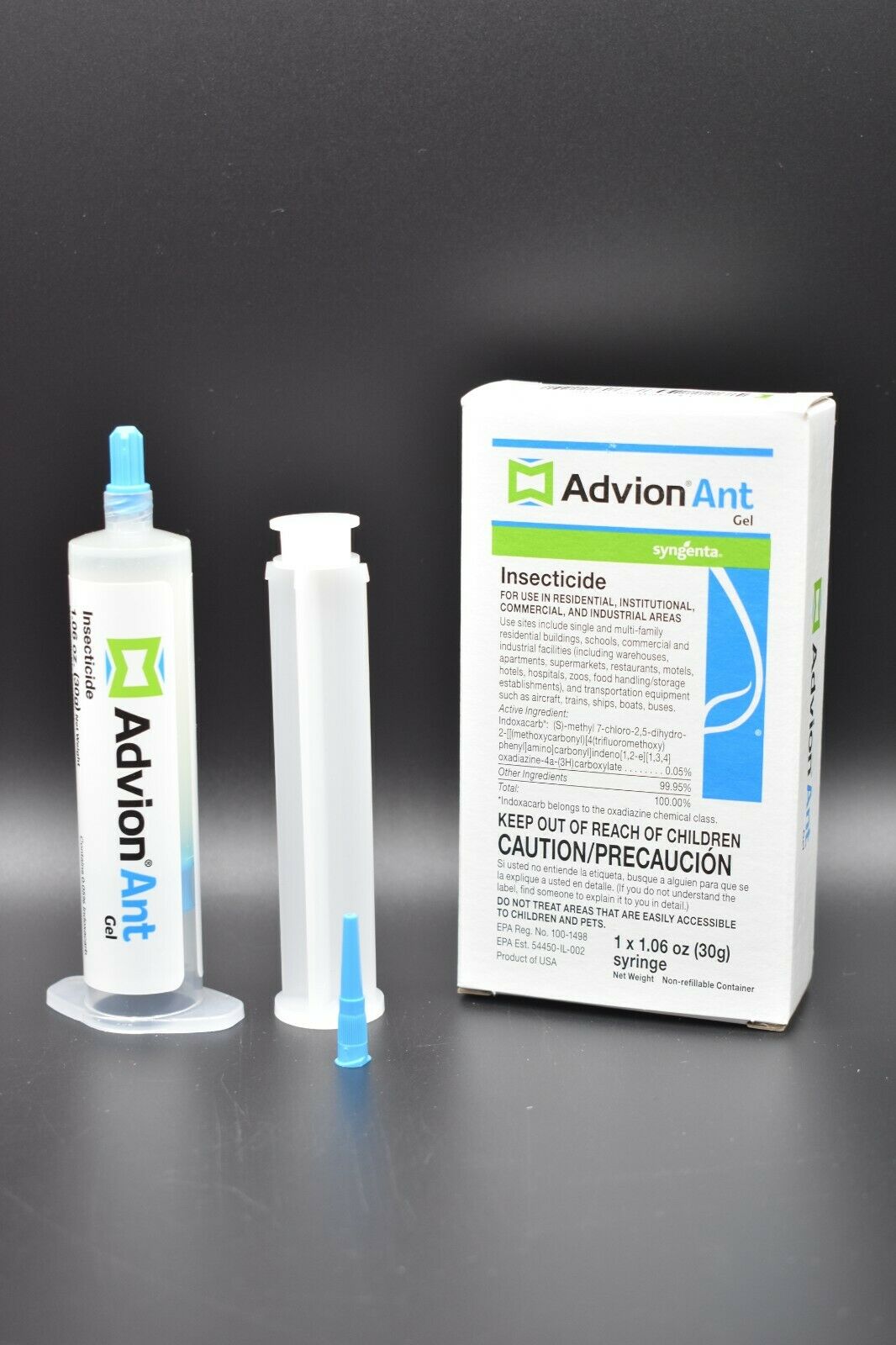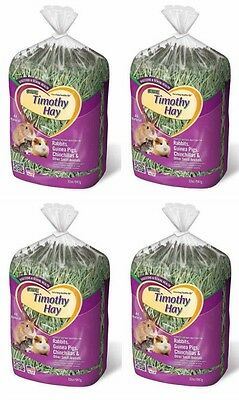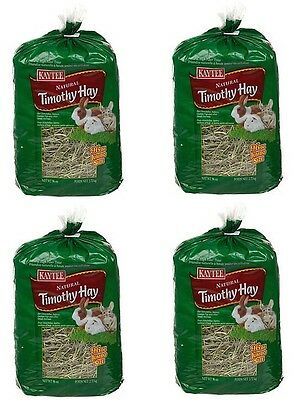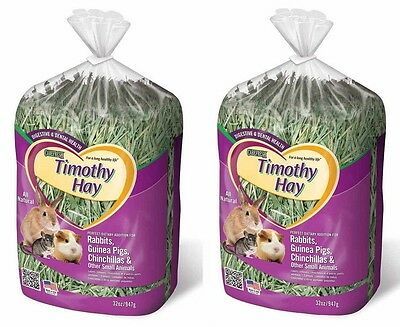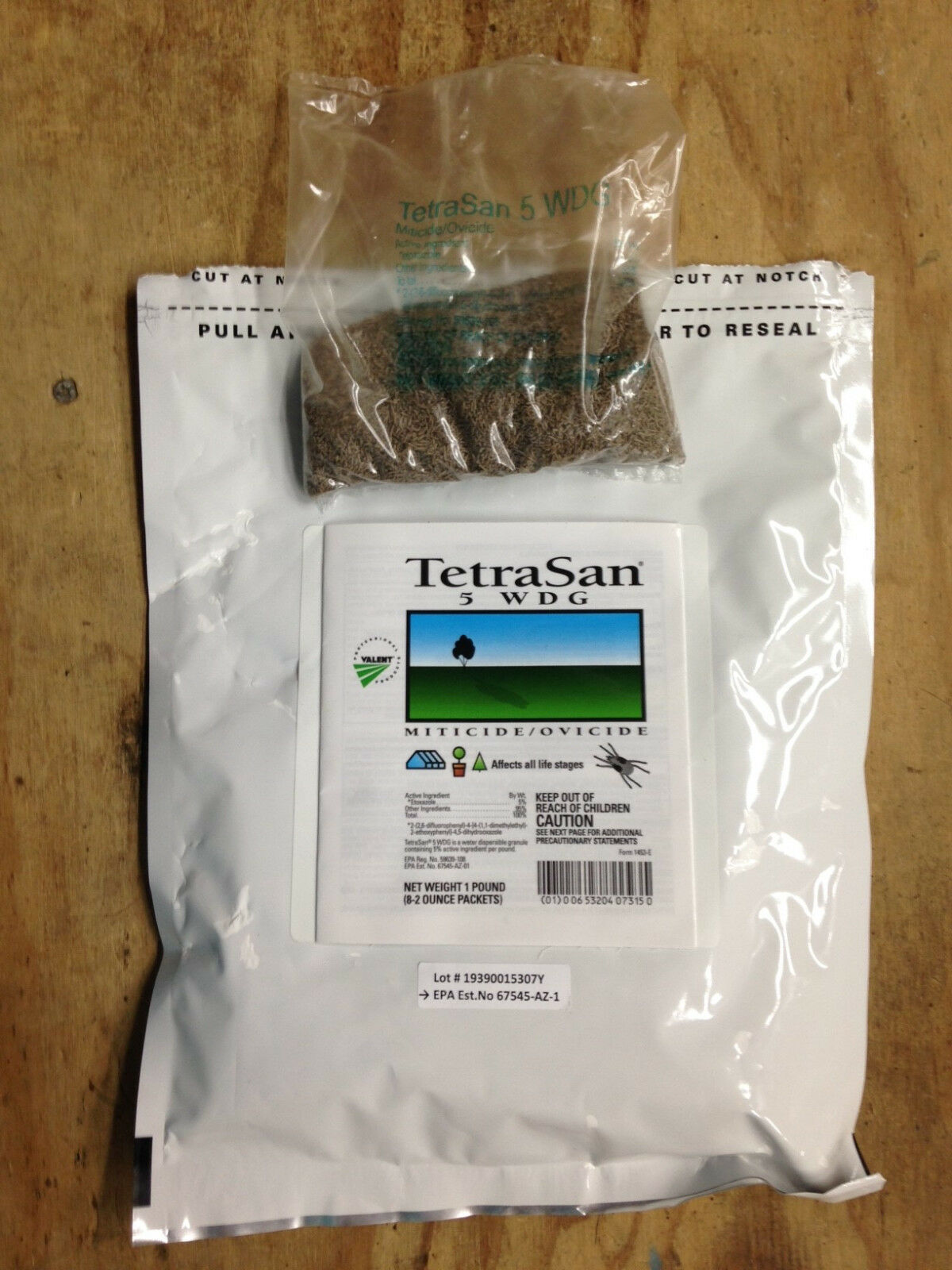-40%
Rot-Stop Tomato Blossom End Rot ( 16 oz.) Tomatoes Peppers Cucumbers Melons +
$ 11.58
- Description
- Size Guide
Description
Bonide Rot-Stop Tomato Blossom End Rot - 16 oz.Helps correct calcium deficiencies.
Bonide Rot-Stop Tomato Blossom End Rot helps to correct a disorder in plants caused by a lack of calcium. Blossom end rot is visible on the end of the fruit as a sunken brown spot opposite the stem.
Use Bonide Rot-Stop Tomato Blossom End Rot to provide the nutritional calcium needed for developing fruit or after periods of heavy rain.
Bonide Rot-Stop Tomato Blossom End Rot can be used on tomatoes, peppers, melons, cucumbers, and other listed vegetables.
Active Ingredient:
Calcium 1.6%
Concentrate:
Mix 2oz / gallon
HELPFUL INFORMATION:
Tomato blossom-end rot is a disorder caused by calcium deficiency. The disorder can be aggravated by the application of too much nitrogen fertilizer to tomato plants. Blossom-end rot appears as a round, brown sunken area on the end of the tomato fruit opposite the stem. As a fruit ripens the area turns dry and leathery. The disorder often appears after a period of rapid growth followed by dry conditions, or in periods of heavy rain that caused calcium to leach from the soil.
DIRECTIONS FOR USE:
Apply Only As Directed. Apply Bonide Rot-Stop at the rate of 2 fl. oz. (4 Tbs.) per gallon of water. Apply to the point of run-off onto the foliage and fruit during periods of rapid growth or following excessive rain fall. Apply in early morning or evening when temperatures are lower to avoid foliage burn. Make applications 5 to 7 days apart when conditions are favorable for appearance of the disorder. Regular spray programs are not recommended as prolonged spraying and rates in excess of those specified can cause foliage burn.Foliar fertilization is intended as a supplement to a regular fertilization program and may not, by itself, provide all the nutrients normally required by crops or other intended plants.
